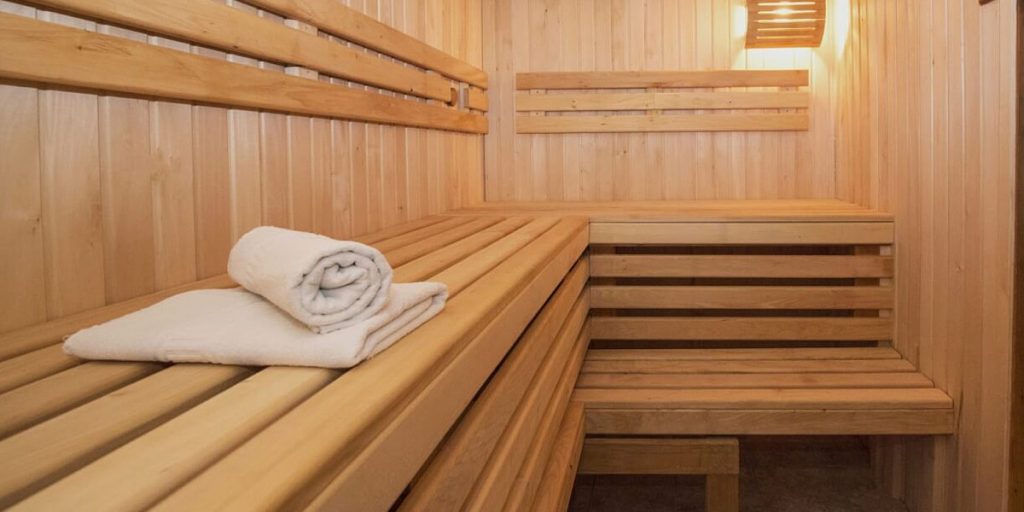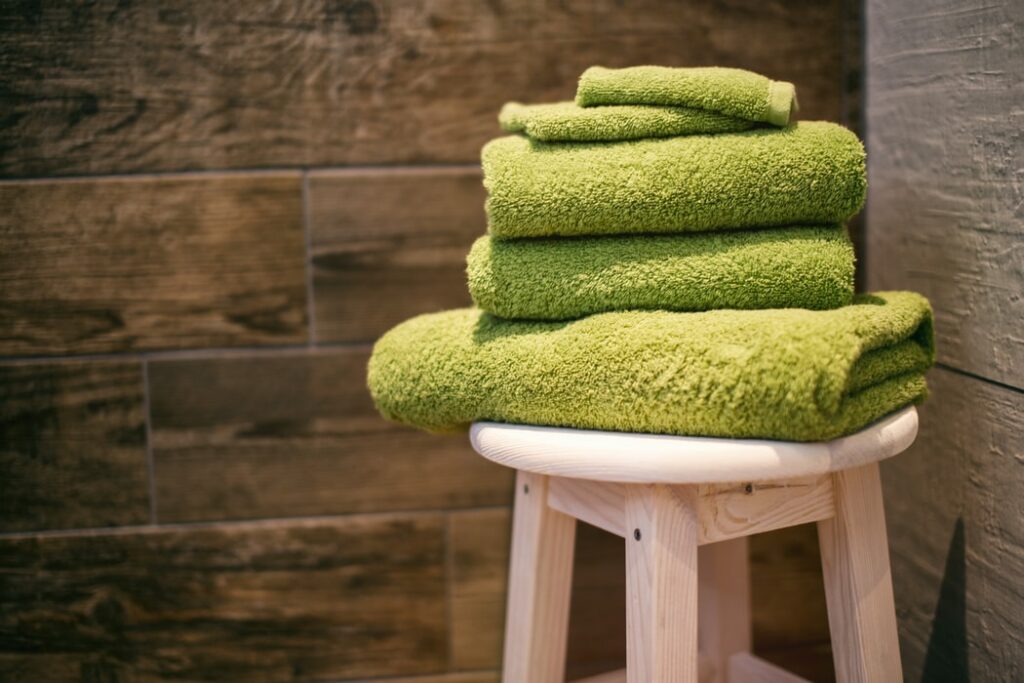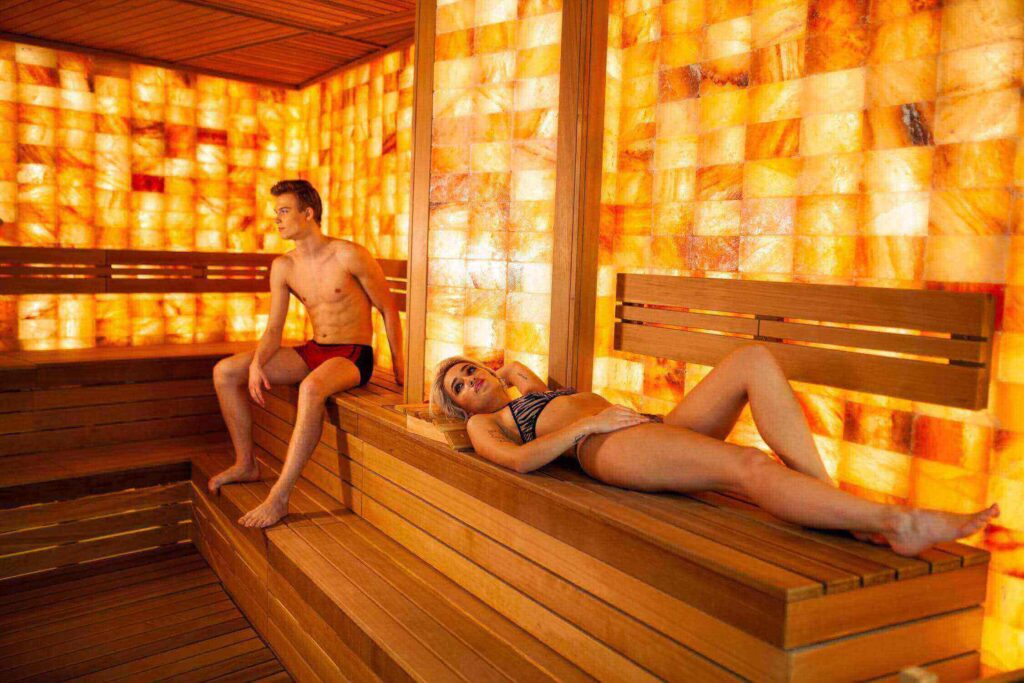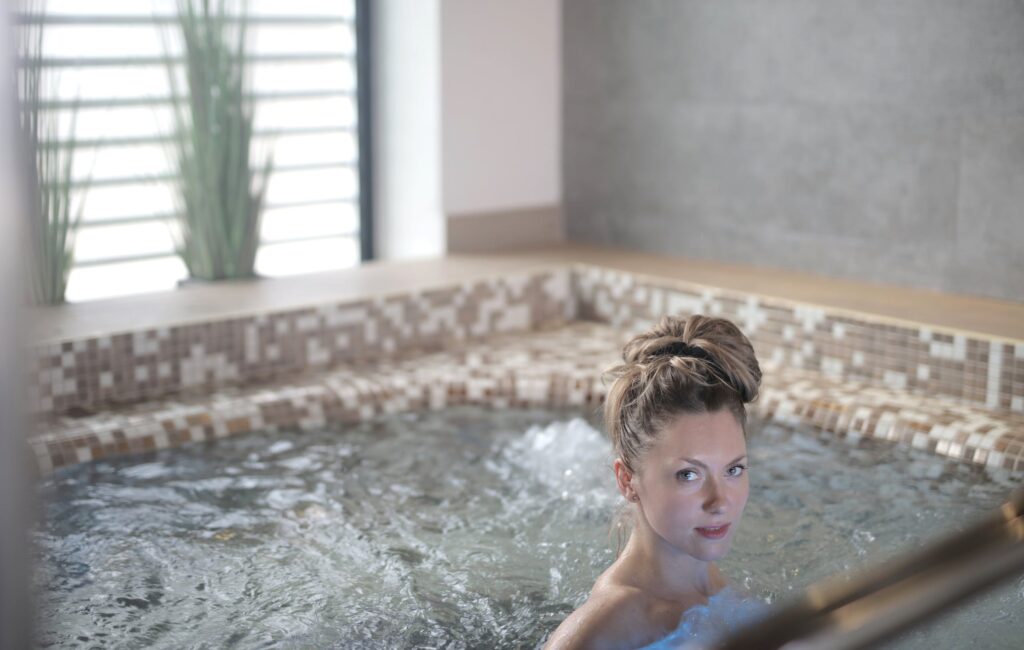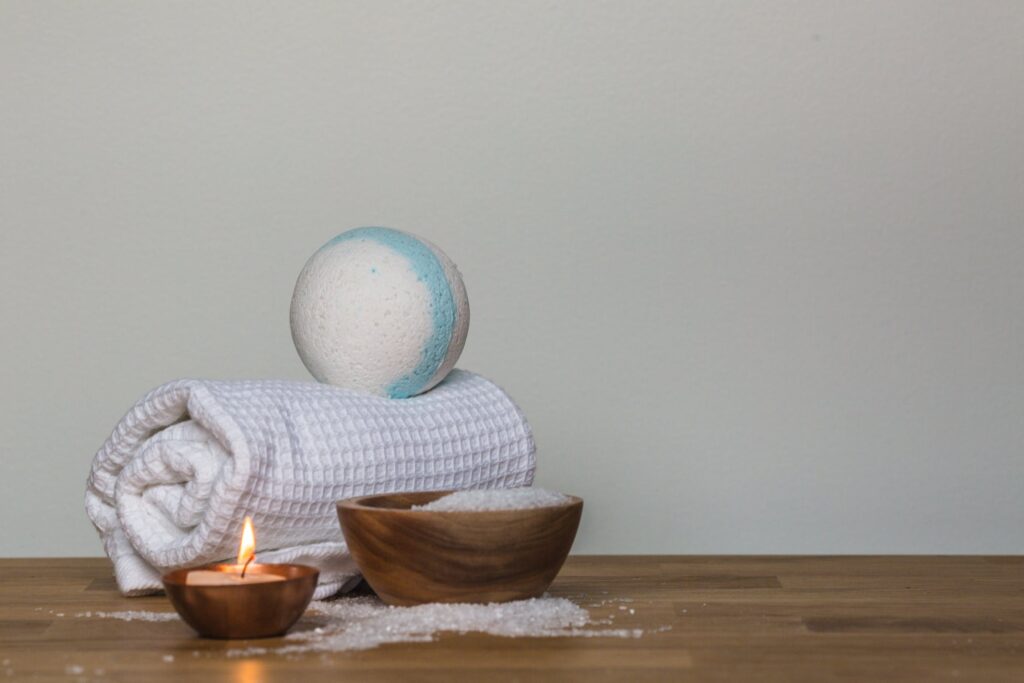Have you ever questioned whether or not sauna time is beneficial to your health? While people of many cultures have enjoyed saunas for ages, are they merely a luxury, or do they provide health benefits? This article will discuss the research-backed health advantages of saunas and how they may help your health.
In addition to helping you unwind, saunas have many other potential health benefits. Studies have indicated that regular sauna use benefits cardiovascular health, including blood vessel function, blood pressure reduction, and increased blood flow. Inducing sweating, which aids in eliminating toxins and pollutants, is another way saunas can help with detoxification. Spending time in a sauna is a great way to relax and unwind, and it may also help alleviate stress and muscle strain.
However, these are only the beginning of the problems. The main article will go into greater detail on how saunas might improve your health. We have interviewed well-known health specialists in sauna therapy to bring you the most accurate and trustworthy information possible. If you're interested in learning how sauna time can benefit your health and some startling facts about this age-old practice, then come with me as we explore the world of saunas and find the keys to a better you.
Traditional Saunas: A Guide For Beginners
Relaxation, health advantages, and a shared experience are just a few reasons why saunas have been a part of human civilisation for generations. Traditional saunas stand out among the many varieties of saunas because of their long history and widespread popularity. This blog will explore traditional saunas, including their origins, architecture, thermal sources, and cultural relevance.
History And Origins Of Traditional Saunas
Traditional saunas have been around for a long time and likely originated in Northern Europe. Saunas are an integral component of Finnish culture, stretching back over two thousand years. The name "sauna" originates in Finnish and alludes to the original form of the modern sauna—a steam bath made by heating rocks in a pit dug into the earth.
At first, saunas served both therapeutic and cultural and religious functions. People went there to purify their spirits, bodies, and minds. Over the years, the sauna tradition has travelled over the globe, influencing local customs and traditions everywhere it has gone.
Design: Stones, Wood, And Heaters
Natural materials are often used in the construction of traditional saunas. Cedar, spruce, and pine are softwoods that can survive high temperatures and decay well, making them the material of choice. Saunas typically feature wood panelling on the walls, benches, and interior to create a cosy and relaxing environment for its users.
The traditional sauna likewise makes extensive use of stones. Whether it's an electric or wood stove, these stones will go atop the sauna heater. Steam can be generated by pouring water over heated stones in a sauna to control the humidity level.
Sauna Heat: Electric Vs. Wood-Fired
Two primary ways to heat a traditional sauna are electric heaters or wood-burning stoves. The benefits and qualities of each are special in their ways.
- Electric Saunas: An electric heater may heat the sauna quickly and easily. Due to their effectiveness and fine-tuned temperature regulation, they are frequently used in contemporary saunas.
- Wood-Burning Saunas: Stoves that burn wood are a classic feature of traditional saunas. The natural sound and smell of burning wood create a one-of-a-kind atmosphere that is hard to find anywhere. In addition, many people believe that wood-burning saunas are better for the environment because they use a sustainable energy source.
Sauna Culture And Rituals
There is more to a traditional sauna than just a place to become hot and sweaty. It is common practice to wash the body well before entering a sauna. Once inside, people often sit on various wooden benches, with the higher ones being the warmest.
Creating steam by heating stones is called "löyly" in Finnish and is regarded as an art form in Finland. Visitors to the sauna can adjust the warmth and humidity to their liking by pouring water on the stones.
In many societies, saunas have also served as central gathering places for friends and family to get together and get to know one another. Saunas are popular social gathering places for groups of people to unwind, catch up, and feel closer to one another.
Portable Vs Traditional Sauna: The Key Differences
Portable saunas look a lot like the classic steam saunas. Both can help you feel refreshed and calm again, but there are some key distinctions to remember before you purchase. Once you understand these distinctions better, you can evaluate their relative merits and make an informed choice.
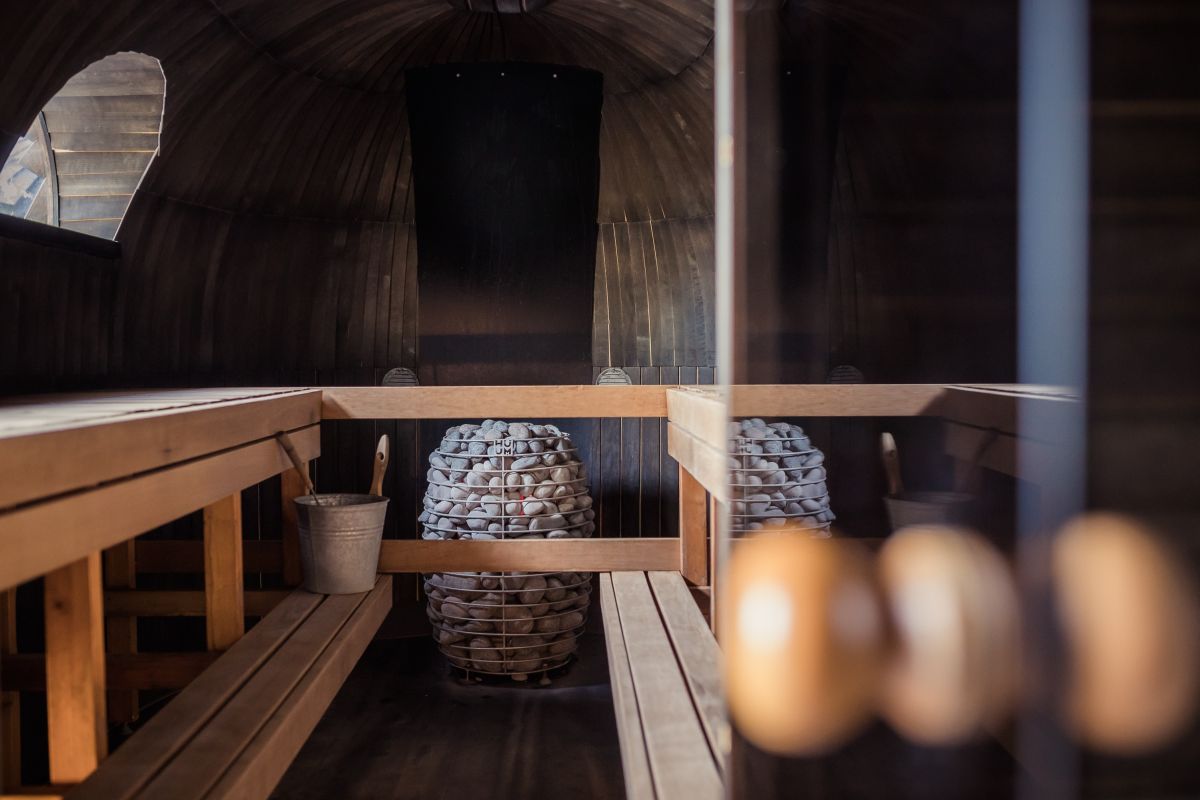
Heating Method
The primary distinction between conventional and portable saunas is how heat is generated. Traditional saunas often only have one heater, which warms the air and, in turn, the sauna goer. This sauna style features a wooden area heated by a rock-filled electric sauna heater. To generate steam, water is poured over hot rocks.
The quality of the portable heat, rather than the ambient temperature, matters in a portable sauna. After 15 minutes of heating time, you can enter your portable sauna. The sauna is a great way to get toasty. The portable heat can boost your body's thermal energy, producing a satisfying sweat as your muscles relax.
Running Costs
The quality of the portable heat, rather than the ambient temperature, matters in a portable sauna. After 15 minutes of heating time, you can enter your portable sauna. The sauna is a great way to get toasty. The portable heat can boost your body's thermal energy, producing a satisfying sweat as your muscles relax.
Maintenance
You want to use your new sauna rather than scrubbing it on weekends. While most saunas don't require much in the way of upkeep, a few could use a little more attention. We suggest a portable sauna if you value convenience and little upkeep. Dry heat from a portable sauna means the only moisture produced is from your sweat, eliminating the potential for mould and mildew growth and creating a cleaner, healthier space.
Similar to how you would maintain a clean bathtub, a traditional sauna needs frequent cleaning to prevent the growth of mould and mildew. Keeping a traditional sauna clean and well-maintained is essential for health and safety if you choose one.
Use only non-toxic, ecologically friendly cleaning agents on your sauna, no matter what kind. Bleach and other harsh chemicals should never be used. To avoid leaving sweat marks or germs on walls and benches, use towels as seating.
Installation
A sauna is a wonderful addition to any home. A portable sauna installed in your home might increase its resale value and travel with you to your next residence. There is a large gap between the requirements for setting up a stationary sauna and those for a portable one.
Due to the complexity of plumbing, ventilation, drainage, and electrical requirements, expert installation is highly recommended for most traditional steam saunas. These factors contribute to the sauna's overall cost, making them more costly than portable options.
Traditional and steam saunas can be purchased in a pre-assembled or portable form, with some assembly required. For instance, two people may assemble a Portable Sauna in two to three hours with only a few inexpensive equipment. It's important to remember that even prefabricated steam saunas will require the services of a licenced electrician and plumber to install the extraction fan and any necessary drainage properly.
This may be ideal if you want a sauna installed in your home, but only if the design is tailored to your tastes. On the other hand, a prefabricated portable or steam sauna might be more appropriate if you're on a tighter budget or prefer a sauna you can set up on your own.
What Are The Health Benefits Of Saunas?
Depending on your age and current health, saunas have been shown to have several health benefits, including purifying the skin, boosting circulation, clearing the sinuses and airways, relieving muscle and rheumatic pain, bolstering the immune system, enhancing joint mobility, and relieving stress. Sweating aids in detoxification by flushing out harmful substances, increases blood flow, and opens up blood vessel openings that help fight off infections.

Injuries, including sprains, strains, arthritis, and muscle soreness, can all benefit from time spent in a sauna. Sexual function, mood, metabolism, tissue function, and reproduction are all regulated by the endocrine glands, which can be stimulated.
- The skin, particularly, benefits from increased oxygen and nutrient delivery after just one sauna session.
- Saunas stimulate thermogenesis in the same way as a fever does, allowing the body to repair itself.
- They're quite smiley! Facial muscles will loosen up in the sauna, leading to a more radiant complexion and less oil buildup.
- Compared to far-infrared sauna users, whose perspiration contains only 80% water and 20% toxins, the sweat produced in a dry or steam sauna comprises roughly 97% water.
Staying Hydrated
It's important to replenish fluids lost through sweat during a sauna session by drinking plenty of water. This can lead to exhaustion and perhaps abnormal cardiac rhythms if it isn't replaced. Each session should be at least 15 minutes, and there should be at least three of them on a given day. Pregnant women, infants, and people with hypertension, diabetes, or heart disease should avoid saunas. You should always check with your doctor before starting any new medication, and if you feel dizzy or sick in the sauna, you should leave immediately.
Dry It Out
In a wet sauna, water is poured over rocks that have already been heated to produce steam. This results in a relative humidity of around 20%, which slows down the pace at which heat is transported to the body. Due to this, you'll be able to spend more time in the room.
The interior temperature can rise to 70 degrees Celsius, causing people to sweat more than usual. Many harmful elements, including salt, lead, and cadmium, can be eliminated with its help. Up to 350 calories can be burned in a single session, about the same as an hour of weight training or a lengthy jog.
Steamy Business
Steam saunas (sometimes called wet saunas) have a humidity level of 100% and temperatures between 35 and 50 degrees Celsius, in contrast to dry saunas. Asthmatics can benefit greatly from using a steam sauna because it reduces asthma symptoms, such as congestion, inflammation, coughing, allergies, and respiratory disorders.
Like dry saunas, steam saunas have many health benefits, including improved circulation, accelerated muscle repair, and increased metabolic rate. Steam saunas benefit people with chronic fatigue by increasing white blood cells and improving blood flow.
You’ll Saw Red
All living organisms require infrared light, a sun radiation component. This light is safe enough to use on newborn infants in the hospital. It's easily absorbed by the body, turning into thermal energy that feels hot.
Infrared saunas function differently than dry or steam saunas, heating the body from the inside out at lower temperatures. This healing method induces profound perspiration because it acts at the very centre of your body.
Mercury, cholesterol, aluminium, nicotine, alcohol, and other gases like formaldehyde and sulphur can all accumulate in the human body, as the director of an Australian sauna company explains. She claims these gases and toxins can interfere with the body's healing ability if they pile up over time.
Fortunately, toxins can be eliminated through sweating in a sauna. According to experts, it's fantastic news for a glowing complexion since our bodies have better blood flow when harmful gases and poisons are eliminated.
FAQs About Sauna
Using a sauna regularly can have several health benefits, including:
- Detoxification: Sweating in a sauna helps flush out toxins and heavy metals from your body, promoting overall detoxification.
- Improved Circulation: The heat from the sauna causes blood vessels to dilate, improving blood flow and circulation throughout the body.
- Stress Relief: Saunas provide a calming and soothing environment, helping to reduce stress and promote relaxation.
- Pain Relief: The heat can alleviate muscle tension and joint pain, providing relief for sore muscles and minor aches.
- Skin Health: Saunas open up pores and promote sweating, which can help improve skin health and reduce acne and blemishes.
The frequency of sauna use depends on individual health conditions and personal preferences. For most people, using a sauna two to three times a week can be beneficial. However, it's essential to listen to your body and avoid overexertion. If you have any pre-existing health conditions, it's best to consult with a healthcare professional before starting a sauna regimen.
The recommended time for a sauna session varies, but generally, staying in a sauna for 10 to 20 minutes per session is sufficient to enjoy its health benefits. However, listen to your body and exit the sauna if you start feeling uncomfortable or lightheaded.
Children should only use saunas under adult supervision and for limited periods. Their bodies are more sensitive to heat, and prolonged exposure can be harmful. It's best to consult a pediatrician before allowing children to use a sauna.
Yes, there are different types of saunas, including traditional dry saunas, steam saunas, infrared saunas, and more. Each type has its unique features and benefits, catering to individual preferences and health needs.
Conclusion
Saunas have been a part of human civilization for generations, providing relaxation, health benefits, and a shared experience. Traditional saunas, which have been around for over two thousand years, have been an integral part of Finnish culture. They are made of natural materials like wood, spruce, and pine, and are often used for their design and heating.
There are two primary ways to heat a traditional sauna: electric heaters and wood-burning stoves. Electric saunas are quick and easy to heat, while wood-burning saunas have a unique atmosphere and are considered better for the environment due to their sustainable energy source.
Sauna culture and rituals are also important, with people washing their bodies before entering and sitting on various wooden benches. The art of creating steam by heating stones is called "löyly" in Finnish, and visitors can adjust the warmth and humidity to their liking.
Portable saunas, on the other hand, have some key differences from traditional saunas. The primary difference is the heating method, which involves a wooden area heated by a rock-filled electric sauna heater. The quality of the portable heat, rather than the ambient temperature, matters in a portable sauna. After 15 minutes of heating time, the portable sauna is a great way to get toasty and boost the body's thermal energy, producing a satisfying sweat as muscles relax.
A portable sauna is a convenient and low-maintenance option for those who value convenience and minimal upkeep. It produces only moisture from sweat, eliminating the potential for mold and mildew growth, creating a cleaner, healthier space. Regular cleaning is essential for health and safety, using only non-toxic, ecologically friendly cleaning agents. Portable saunas can be installed in your home, increasing their resale value and travelability.
Saunas have numerous health benefits, including purifying the skin, boosting circulation, clearing sinuses and airways, relieving muscle and rheumatic pain, bolstering the immune system, enhancing joint mobility, and relieving stress. Sweating aids in detoxification, increases blood flow, and opens up blood vessel openings that help fight off infections. Saunas also stimulate thermogenesis, allowing the body to repair itself.
Saunas can provide numerous health benefits, such as purifying the skin, boosting circulation, clearing sinuses and airways, relieving muscle and rheumatic pain, boosting the immune system, enhancing joint mobility, and relieving stress. Sweating aids in detoxification, increasing blood flow, and opening up blood vessel openings that help fight off infections.
Saunas can also help regulate sexual function, mood, metabolism, tissue function, and reproduction. They also stimulate thermogenesis, allowing the body to repair itself.
Staying hydrated during sauna sessions is crucial, as it can lead to exhaustion and abnormal cardiac rhythms. Pregnant women, infants, and people with hypertension, diabetes, or heart disease should avoid saunas.
Steam saunas have a humidity level of 100% and temperatures between 35 and 50 degrees Celsius, making them suitable for asthmatics. They also have health benefits, such as improved circulation, muscle repair, and increased metabolic rate. Infrared light, a sun radiation component, is safe for newborn infants and can help eliminate harmful gases and toxins from the body.
Content Summary:
- Have you ever questioned whether or not sauna time is beneficial to your health?
- While people of many cultures have enjoyed saunas for ages, are they merely a luxury, or do they provide health benefits?
- This article will discuss the research-backed health advantages of saunas and how they may help your health.
- In addition to helping you unwind, saunas have many other potential health benefits.
- Spending time in a sauna is a great way to relax and unwind, and it may also help alleviate stress and muscle strain.
- We have interviewed well-known health specialists in sauna therapy to bring you the most accurate and trustworthy information possible.
- If you're interested in learning how sauna time can benefit your health and some startling facts about this age-old practice, then come with me as we explore the world of saunas and find the keys to a better you.
- Relaxation, health advantages, and a shared experience are just a few reasons why saunas have been a part of human civilisation for generations.
- Traditional saunas stand out among the many varieties of saunas because of their long history and widespread popularity.
- This blog will explore traditional saunas, including their origins, architecture, thermal sources, and cultural relevance.
- Over the years, the sauna tradition has travelled over the globe, influencing local customs and traditions everywhere it has gone.
- The traditional sauna likewise makes extensive use of stones.
- Two primary ways to heat a traditional sauna are electric heaters or wood-burning stoves.
- There is more to a traditional sauna than just a place to become hot and sweaty.
- Creating steam by heating stones is called "löyly" in Finnish and is regarded as an art form in Finland.
- Visitors to the sauna can adjust the warmth and humidity to their liking by pouring water on the stones.
- Portable saunas look a lot like the classic steam saunas.
- The primary distinction between conventional and portable saunas is how heat is generated.
- The quality of the portable heat, rather than the ambient temperature, matters in a portable sauna.
- After 15 minutes of heating time, you can enter your portable sauna.
- After 15 minutes of heating time, you can enter your portable sauna.
- We suggest a portable sauna if you value convenience and little upkeep.
- Similar to how you would maintain a clean bathtub, a traditional sauna needs frequent cleaning to prevent the growth of mould and mildew.
- Use only non-toxic, ecologically friendly cleaning agents on your sauna, no matter what kind.
- There is a large gap between the requirements for setting up a stationary sauna and those for a portable one.
- On the other hand, a prefabricated portable or steam sauna might be more appropriate if you're on a tighter budget or prefer a sauna you can set up on your own.
- The skin, particularly, benefits from increased oxygen and nutrient delivery after just one sauna session.
- Facial muscles will loosen up in the sauna, leading to a more radiant complexion and less oil buildup.
- Compared to far-infrared sauna users, whose perspiration contains only 80% water and 20% toxins, the sweat produced in a dry or steam sauna comprises roughly 97% water.
- It's important to replenish fluids lost through sweat during a sauna session by drinking plenty of water.
- You should always check with your doctor before starting any new medication, and if you feel dizzy or sick in the sauna, you should leave immediately.
- Due to this, you'll be able to spend more time in the room.
- Asthmatics can benefit greatly from using a steam sauna because it reduces asthma symptoms, such as congestion, inflammation, coughing, allergies, and respiratory disorders.
- Like dry saunas, steam saunas have many health benefits, including improved circulation, accelerated muscle repair, and increased metabolic rate.
- Infrared saunas function differently than dry or steam saunas, heating the body from the inside out at lower temperatures.
- She claims these gases and toxins can interfere with the body's healing ability if they pile up over time.
- Fortunately, toxins can be eliminated through sweating in a sauna.

